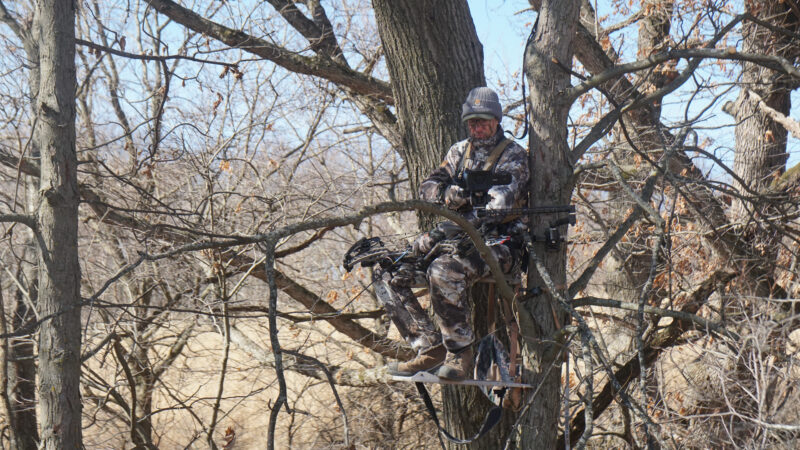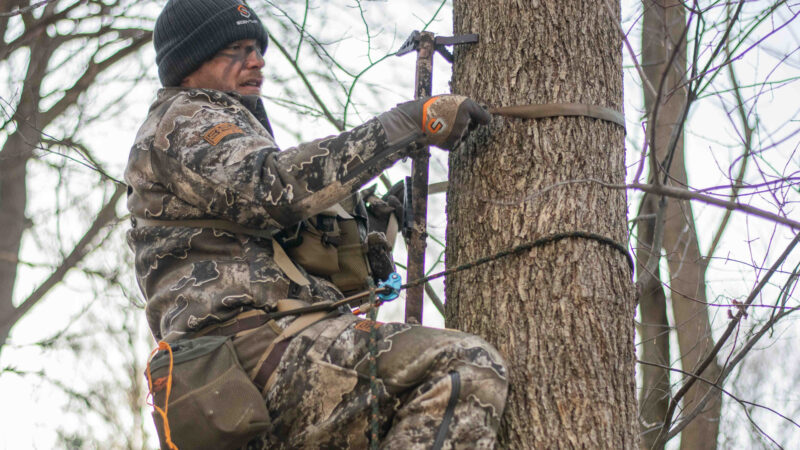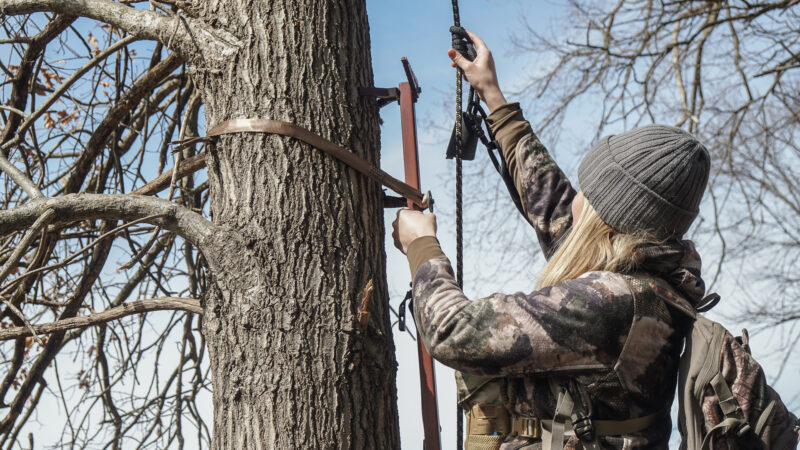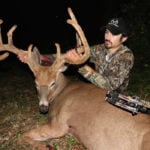Deer move from place to place throughout their home range. Sure, they exhibit patterns and tendencies, and even repeat movements in, around, and through key areas. But they use different parts of their home ranges throughout the year. Thus, there are good late season spots, and poor ones. Here are some of the worst places to hunt during the post-rut.

- Your Favorite Rut Stands
Just because it was great during the rut doesn’t mean it will be after it. Your favorite rut stands that produced when rutting action peaked aren’t a guarantee for the colder days of deer season. In many cases, awesome rut spots are terrible late season stand locations.
- Pressured Areas
Areas that have been pressured heavily throughout deer season are questionable for the late season. Even if these offer good late season bedding and food sources, ensure deer are still spending time there (and during daylight) before investing too many hunts.
- Hard-Hit Areas
Spots that already had a bunch of deer tagged might not have much left to pick from. If you know that a lot of deer were already taken from the vicinity, it might be best to move on and hunt another location.

- White Oak Stands
Deer love white oak acorns. But these are long gone by the time the late season arrives. Unless you see the ground littered with these, and they aren’t already rotten, don’t spend too much late-season time hunting under the white oaks. Rarely do they last this long anyway.
- Failed Mast Crop Trees
If a tree (or group or trees) didn’t produce mast, why hunt near them? Unless the area offers a lot of browse, deer aren’t going to be feeding there.
- Depleted Food Sources
Most food sources will be depleted by season’s end. So, ensure there is still plenty of grub still on the ground for each targeted food source.
- Unseasonable Food Sources
As mentioned before, deer are seasonable critters. They focus on the best of the best at the given time. But just because it’s the late season doesn’t mean there aren’t other (or better) options. Don’t hunt unseasonable food sources unless it’s just clear that deer are hitting these anyway.
- Good Spots with Poor Access
A great spot is only great if you can get in and out of it without pushing deer out. It won’t be great for very long if deer blow every trip afield. That’s especially true for entry and exit routes.
- North-Facing Slopes
When it’s bitter cold, deer seek out solar cover. That comes with southern-facing slopes, because these are the hillsides that get the most sunlight in winter. North-facing slopes receive the least.

- West-Facing Slopes
When it’s really cold, and the wind is blowing, deer find places to get away from that sharp blustery wind that cuts like a sharp knife. Usually, that’s on an eastern- or southern-facing slope. Western and sometimes northern slopes receive the most wintry wind.
- Far from Bedding Areas
The late season drives deer to seek out food. But once they find good grub, they still move less than they did earlier in the year. In fact, their metabolism and movements slow down to conserve energy. So, setting up closer to bedding areas is important for intercepting daytime movement.
- Right Over the Beds
While it’s good to hunt closer to bedding areas, invading the bedroom isn’t a great plan. Deer oftentimes spend most of their time in or close to bedding areas, even the hours leading up to daylight. So, getting settled in a bedding area is difficult, even for a morning hunt.
- Where You Don’t Have Cover
It can be difficult to find a good late season stand location with enough cover to hide your profile. Foliage is limited, and picking a spot can prove challenging. Avoid those that don’t conceal you. Similarly, if the cover doesn’t adequately hide deer, they won’t be there, either.
- Where You Can’t Take a Shot
If the area is too thick, what’s the point? Sneaking an arrow through only to catch a twig doesn’t do any good. If there aren’t good shooting lanes, find another perch to plan your hunt.
- Where You Aren’t Seeing Deer
As obvious as it sounds, don’t invest time into locations where you aren’t seeing deer. Late season whitetails tend to crowd into areas that still offer good bedding and food sources. And that’s where they’ll likely be the remainder of winter. So, find the deer, and have a good hunt.

 By
By 



